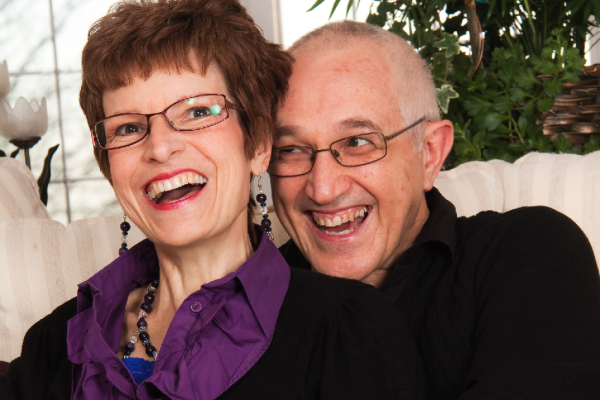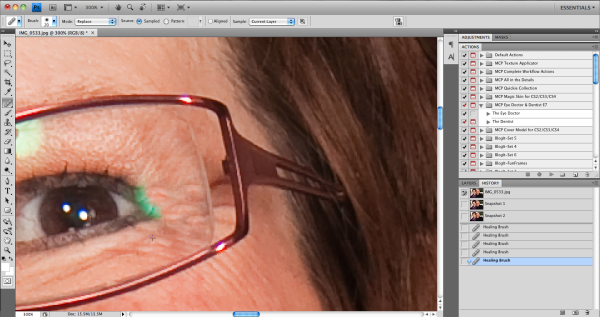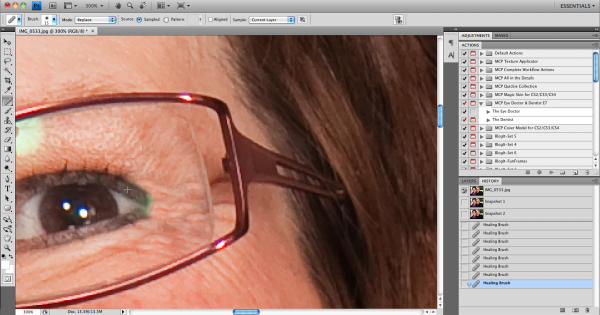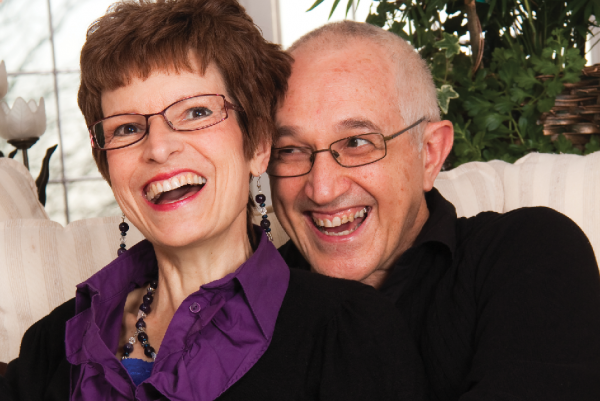Sent to you by mcleanfamily88 via Google Reader:
Guest Post and Images by Stacy Pearsall – Follow Stacy on Twitter
We all have shared an awkward silence with perfect strangers on an elevator. We'd just assume stair at our feet then initiate a conversation. There's some unwritten elevator law that says no eye contact or talking is allowed.
I'm the wacky person, who actually says, "Hey there, how you doin'?"! I suppose it's my outgoing-no holds barred style, that helps break the ice. My husband, Andy Dunaway, thinks I'm crazy. I'm sure the people I engage in conversation think the same thing! LOL!
It's not that I am crazy. I'm just practicing.
Here's the secret, I'm a bit shy. If you've ever met me, you'd probably think I'm pulling your leg. However, it's true. My heart rate races when I'm in a crowd of people, especially strangers. I'm even more uneasy when it comes to one-on-one.
Over time, I learned to control my nervous response to strangers. I decided that I had to take control of my social anxiety in order to take control of my photo shoots. Ritually before every shoot, I gear my mind up for the encounter. I remind myself that I have to give a bit of myself to my subject in order to get any return. This exchange is extremely important to obtain ease during my photo shoots.
Meeting and interacting with people for me is similar to running a race or a marathon. To counter my introverted nature, I expend energy reaching out to touch strangers physically and emotionally. I greet every subject with a firm handshake, direct eye contact and a sincere smile.
For me, there is nothing worse then shaking a limp hand. I associate a soft handshake as an insecurity or lack of confidence. I suppose my prejudice derived from my days in the military.
As for good eye contact, I find this paramount. We do a lot of non-verbal communication through our eyes. So when my subject is talking, I make sure that I engage him or her through continuous eye contact. I don't check my watch, cell phone or stare at my shoes. To me, this translates into boredom and disinterest. I want to make sure that my subjects know how important they are to me.
I find that my subjects will reflect the emotions I am exuding. So if I am smiling, they will smile. If I'm nervous, are nervous. With that said, I try not to get overwhelmed during my shoots. I keep my emotions in check. I try to remember to breath as much as possible. When all else fails – stop and take a deep breath.
I have found that the best way to break the ice is to let my subjects talk. If the initial introduction is stiff and forced, I will try and dig out a topic they may be interested in. For instance, on this shoot my subject loved to fish. I asked him about his boat and his fishing excursions. His eyes went wide and smile flashed across his face. From there, the conversational flood gates opened.
I let him talk and engaged him with other personal questions. However, I have found that the best results come when I just listen. I take note of facial expressions in relation to the conversation topic. I use these key topics to evoke emotional-facial responses from my subjects.
In this case, my subject smiled every time he talked about his years in the Navy. I was sure to prompt a smile by asking questions like, "Where were you stationed in the Navy?" or "What type of ships did you work on?". He would smile and I would get my shot.
In most shooting scenarios, I only have a few precious minutes to break the ice and get my portrait. So all of my techniques are used from the moment I book the shoot to the time I get in my car after the assignment is complete.
Happy subjects equal happy endings. So, bring your camera bag and your smile. Engage your subjects with sincere interest. Listen with keen ears.
If you are shy, don't despair. I have learned to engage strangers in a non-aggressive way. By the methods above, I have actually established many friendships for life.

Things you can do from here:
- Subscribe to Photofocus using Google Reader
- Get started using Google Reader to easily keep up with all your favorite sites



















